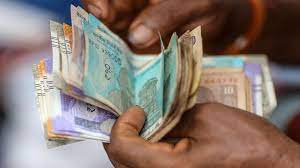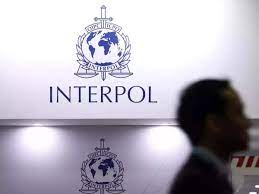
India’s Richest 1% Own More Than 40% of Total Wealth: The richest one per cent of Indians own over 13 times more wealth than the bottom 50 per cent, according to a report by Oxfam India. The wealthiest 5% hold 61.7% of the total wealth, which is more than 20 times the 3% owned by the bottom HALF. According to the “Survival of the Richest: The India Supplement”, released by the non-government organisation (NGO), wealth inequality gets denser on the top. More than half of the wealth of the top 10 per cent of richest Indians is owned by the top 1 per cent. The combined wealth of India’s 100 richest persons reached Rs 54.12 lakh crore in 2022. In 2022, the 10 richest Indians had a combined fortune of Rs. 27.52 lakh crore, up 32.8% from the previous year (2021).
January 2023 Current Affairs Quiz
The Humongous Growth In Inequality:
Between 1981 and 2012, the top 10%’s percentage of India’s total wealth increased from 45% to 63%. On the other hand, the wealth of the bottom half halved during the same period. India had a rise in the overall number of billionaires from 102 in 2020 to 142 in 2021 and 166 in 2022. In a stark contrast 22.89 crore persons live in poverty in India – the highest in the world, the report said.
The Unequal Tax Burden:
As per the report, the burden of the tax falls invariably high on the poor. Indirect taxes account for a larger portion of income for the lower 50% of earners than for the middle 40% and top 10% combined. The top 10 % spend the least percentage of their income on taxes among the three groups. Sixty-four per cent of all Goods and Services Tax (GST) collections come from the bottom 50 per cent and 4 per cent from the top 10 per cent. The report also said that the bottom 50 per cent of the population pays six times more on indirect taxation than the top 10 per cent.
According to estimates, the lower 50% of the population pays 6.7% of their income in taxes on a limited number of food and non-food goods. Middle 40 per cent spends half of that at 3.3 per cent of their income on food and non-food items. However, the wealthiest 10% of people only spend 0.4% of their income on these things.
Pandemic Driven Inequality:
Inequality has become worse since the onset of the Covid-19 pandemic. The top 5 per cent have continued to see their prosperity rise to owning around three-fifth of the total wealth in India (nearly 62 per cent), which is higher than the pre-pandemic years.
Poor are unable to afford even basic necessities:
India’s billionaires are doing extremely well for themselves even though the nation is experiencing numerous crises like hunger, unemployment, inflation, and health calamities. The poor meanwhile in India are unable to afford even basic necessities to survive. From 190 million in 2018, there were 350 million hungry Indians in 2022.
The Urban-Rural, Gender and Caste Gap:
Inequality also changes with location, gender and caste. The bottom 50 per cent of those living in rural India pay 3 per cent more tax than the bottom half of the urban population. Between 2018 and 2019, female workers earned 63 paise for every 1 rupee a male worker earned. For Scheduled Castes and rural workers, the situation is worse. During the same period, SCs earned 55 per cent and rural workers 50 per cent of what the advantaged social groups and urban workers earned.





